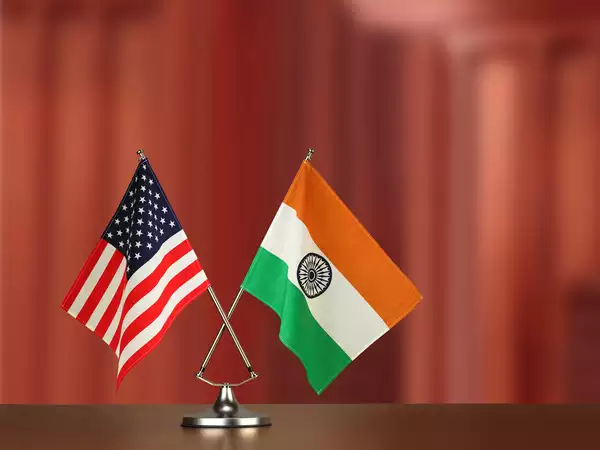India and the United States continue to strengthen their bilateral relationship in 2024, focusing on defense, trade, technology, and global security. The partnership has deepened in the face of geopolitical shifts, economic challenges, and evolving global alliances.
Key Aspects of the Current India-US Relationship
- Defense & Security Cooperation
- The two nations are expanding their military collaborations under agreements like the Defense Technology and Trade Initiative (DTTI).
- Joint military exercises such as Yudh Abhyas and Malabar highlight growing defense ties.
- India’s procurement of advanced military equipment, including drones and fighter jet technology, strengthens its defense capabilities.
- Trade & Economic Growth
- Bilateral trade has crossed $190 billion, with both countries looking to resolve issues related to tariffs and supply chain dependencies.
- India’s focus on semiconductors, AI, and digital trade aligns with US initiatives for a resilient tech supply chain.
- The US has eased visa norms for Indian professionals, boosting workforce mobility.
- Technology & Innovation
- India and the US are collaborating on critical technologies, including 5G, AI, quantum computing, and space exploration.
- The India-US Initiative on Critical and Emerging Technologies (iCET) is fostering deeper research and development partnerships.
- Geopolitical Challenges & Strategic Alliances
- Both nations are strengthening Indo-Pacific security through QUAD (India, US, Japan, Australia) to counter China’s growing influence.
- On Ukraine and Middle East conflicts, India maintains a balanced diplomatic stance, while the US continues direct engagement in global conflict resolution.
- Energy & Climate Cooperation
- The US supports India’s renewable energy transition, particularly in solar and hydrogen energy initiatives.
- Both countries are working together under the US-India Climate and Clean Energy Agenda 2030 Partnership.
Looking Ahead
The India-US partnership in 2024 is at its strongest, with both nations focused on economic collaboration, security ties, and technological advancements. As global uncertainties rise, their strategic alignment will play a crucial role in shaping regional and international stability.

